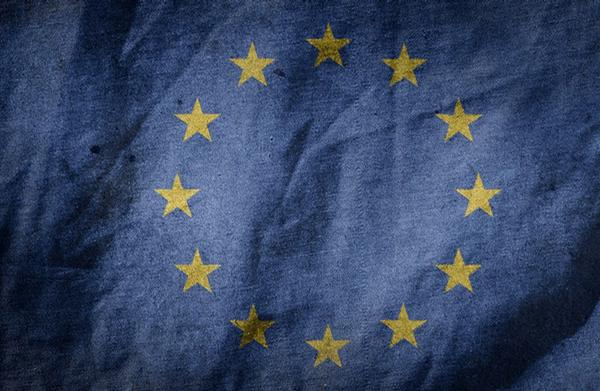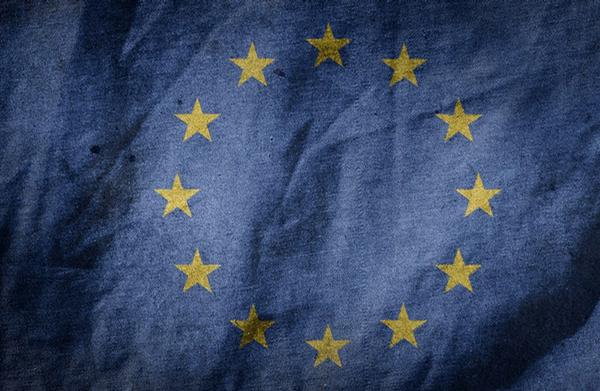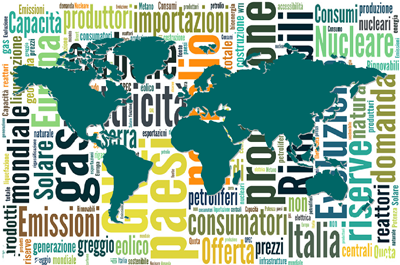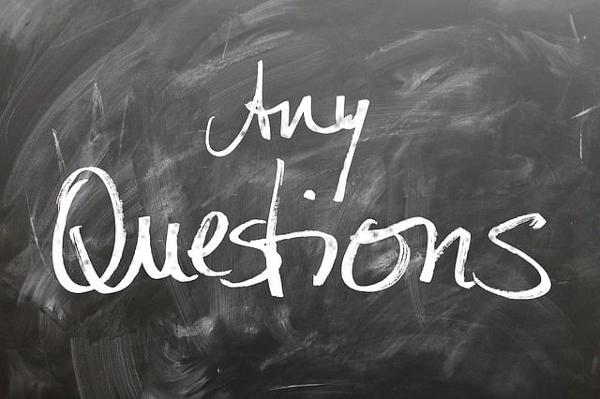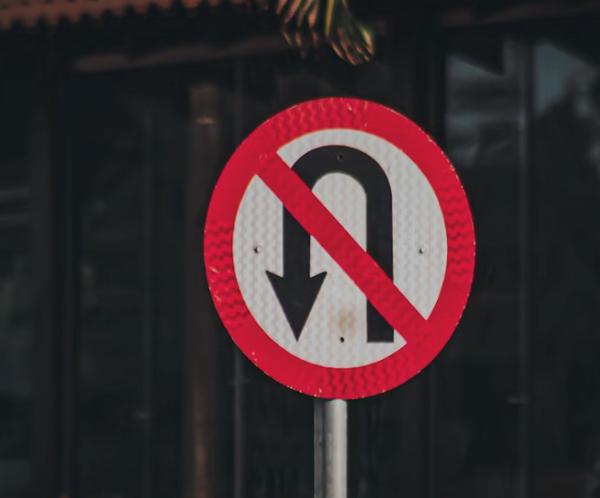Gas in the draft Integrated National Energy and Climate plans: examples from The Netherlands, Romania and Denmark
This article analyses the role of gas in the energy transition in Romania, the Netherlands and Denmark as set out in their draft National Energy and Climate Plans (NECPs). Each of the three countries takes a very different approach to the energy transition and the role of gas within it. It remains to be seen how these different pathways add up to the clear trend set out in the European Commission’s proposed EU long-term vision, in the context of increasingly connected European markets and infrastructures.
In the Commission’s strategic vision for a climate neutral Europe by 2050, all the scenarios expects gas consumption to stall or significantly reduce by 2030, reaching a share of 3-4% in 2050 – driven by climate policy, cuts in energy demand and increasingly competitive renewable energy. While national pathways will differ, this highlights the risk of investing in a new gas infrastructure which, due to lifetimes of often over 60 years, could soon lose its value if a 2030-only perspective is taken.

